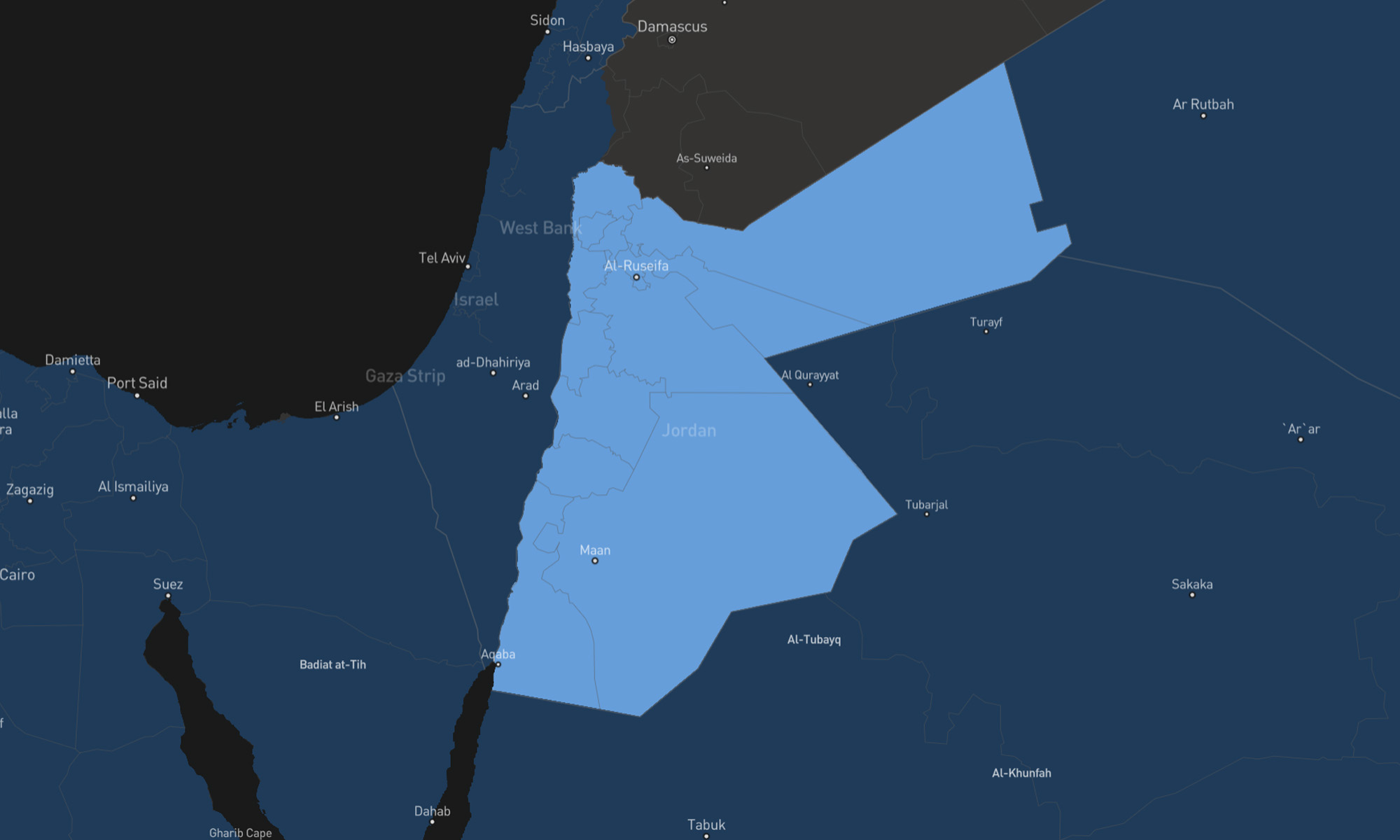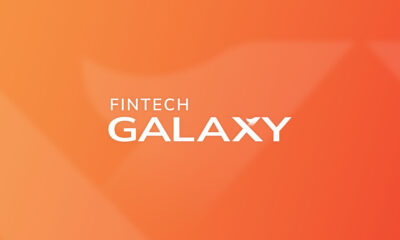News
Starlink Launches Satellite Internet Service In Jordan
The space-based service will increase internet penetration in remote areas and push forward the nation’s digital growth agenda.

Jordan has taken a significant step forward in its digital development by introducing satellite internet services in partnership with global provider Starlink. The move, revealed at a recent press conference hosted by the Telecommunications Regulatory Commission (TRC), is part of a broader strategy to expand high-speed internet access, especially in remote or underserved areas.
Starlink’s high-speed, low-latency internet is now available in Jordan!
→ https://t.co/i5IUj2EtDA pic.twitter.com/ep5y18ChZf
— Starlink (@Starlink) April 9, 2025
TRC Chairman Bassam Sarhan described the launch as “a significant milestone for the telecommunications sector,” highlighting the role of low Earth orbit satellites in connecting areas that traditional infrastructure simply can’t reach.
According to Sarhan, the introduction of Starlink’s service marks more than just a technological update — it’s a strategic investment in national progress. “The introduction of satellite-based internet reflects our commitment to building inclusive, modern digital infrastructure across Jordan,” he said. The initiative is expected to enhance economic prospects, reduce digital inequality, and raise the standard of digital services across the country.
Behind the scenes, the licensing process involved detailed technical evaluations to ensure everything met both local and international regulatory benchmarks. The TRC collaborated closely with Starlink to customize the offering for Jordan’s unique geographic and market needs. Sarhan also assured that the new satellite internet would be held to the same consumer protection and service quality standards as traditional broadband options.
“This development enables us to extend reliable, high-speed internet service to every corner of the country,” Sarhan added.
This launch supports Jordan’s Economic Modernization Vision, which places digital infrastructure at the heart of its long-term strategy for growth and global competitiveness. The TRC emphasized that it will continue to build a regulatory framework that balances innovation with public accountability.
Also Read: Rabbit Expands Hyperlocal Delivery Service In Saudi Arabia
Lauren Dreyer, Starlink’s Vice President of Business Operations, echoed those sentiments. “This initiative is about opening new opportunities in sectors like education, healthcare and business across every square kilometer of the country,” she said. Dreyer also confirmed that pricing details for both residential and business users would be available through Starlink’s official channels.
With this rollout, Jordan joins a growing list of nations tapping into satellite internet to bridge the connectivity gap. The service is expected to speed up digital access, stimulate economic development, and offer a more level playing field for internet users throughout the country.
News
Google Releases Veo 2 AI Video Tool To MENA Users
The state-of-the-art video generation model is now available in Gemini, offering realistic AI-generated videos with better physics, motion, and detail.

Starting today, users of Gemini Advanced in the MENA region — and globally — can tap into Veo 2, Google’s next-generation video model.
Originally unveiled in 2024, Veo 2 has now been fully integrated into Gemini, supporting multiple languages including Arabic and English. The rollout now brings Google’s most advanced video AI directly into the hands of everyday users.
Veo 2 builds on the foundations of its predecessor with a more sophisticated understanding of the physical world. It’s designed to produce high-fidelity video content with cinematic detail, realistic motion, and greater visual consistency across a wide range of subjects and styles. Whether recreating natural landscapes, human interactions, or stylized environments, the model is capable of interpreting and translating written prompts into eight-second 720p videos that feel almost handcrafted.
Users can generate content directly through the Gemini platform — either via the web or mobile apps. The experience is pretty straightforward: users enter a text-based prompt, and Veo 2 returns a video in 16:9 landscape format, delivered as an MP4 file. These aren’t just generic clips — they can reflect creative, abstract, or highly specific scenarios, making the tool especially useful for content creators, marketers, or anyone experimenting with visual storytelling.
Also Read: Getting Started With Google Gemini: A Beginner’s Guide
To ensure transparency, each video is embedded with SynthID — a digital watermark developed by Google’s DeepMind. The watermark is invisible to the human eye but persists across editing, compression, and sharing. It identifies the video as AI-generated, addressing concerns around misinformation and media authenticity.
While Veo 2 is still in its early phases of public rollout, the technology is part of a broader push by Google to democratize advanced AI tools. With text-to-image, code generation, and now video creation integrated into Gemini, Google is positioning the platform as a full-spectrum creative assistant.
Access to Veo 2 starts today and will continue expanding in the coming weeks. Interested users can try it out at gemini.google.com or through the Gemini app on Android and iOS.

























